After sending crisis response teams to two separate hurricane response efforts in Texas and Florida, HAZON Solutions has taken a brief operational pause to reconstitute our teams and catalog our lessons learned (a habit formed through decades of flying in the U.S. Navy).
Crisis response is an endeavor we, as a collective industry, must excel at. Unmanned aircraft systems (UAS) can add immense value in any number of crisis scenarios, but they are also equally capable of hampering response efforts and creating additional safety concerns. Those looking to help others in need through the innovative use unmanned systems must be prepared to do so responsibly.
Below are our own internal key lessons learned. We invite those that supported hurricane recovery and response operations to share their lessons, as well.
Safety is still priority No. 1. Any procedure that affects safety cannot be shortened, eliminated or deviated from without a thorough risk analysis. Crisis response efforts are a time to fall back on routine procedure to ensure safety. During a crisis, the individual pilot’s tendency is going to be toward moving faster. By forcing conformance to what should be an already installed process, that pilot will have a framework to operate within and will be able to maintain a high level of safety and effectiveness.
Using procedures in your daily operations enables effective crisis response. Every drone operation should have standard operating procedures (SOPs). These procedures should cover how you operate on a daily basis. By adhering to a specific SOP when flight operations are routine, you build a framework to fall back on when flight operations become reactive to a crisis. Basic procedures should not change; checking a battery prior to flight applies whether you’re executing a routine mapping mission or supporting search and recovery operations. During times of crisis, operations fall back on the basics.
Early preparation and routine practice are the keys to success. Equipment should be maintained to the highest standards to ensure reliability, and aircrew must be trained to ensure proficiency. The best way to gain and maintain confidence in deploying drones to conduct crisis response missions is to practice by actually going to an off-site location, setting up operations, flying several practice missions, using every piece of gear and then demobilizing. Conducting this exercise well before being asked to do it – when you have a compressed timeline – will increase your chances of being value-added upon arrival.
Slow down to speed up. This goes for everything: pack-out, driving to the site, setup and UAS operations. In crisis response situations, there is a natural sense of urgency that must be controlled – or it could derail the dozens of UAS operations that can help over time. The best way to be efficient and effective is to spend the time – sometimes the extra time – to follow your normal procedures. It may feel like a sprint, but normally, it is more of a marathon. If the drone team rushes operations, cuts corners or otherwise circumvents standard operating procedures, they exponentially increase the risk to the overall mission of sustained flights in support of recovery efforts. It is tough to find stranded personnel if you damage or destroy your aircraft because you perceive an urgent need.
Stay within your comfort/safe zone. There is no way to fully prepare for every situation or new use case that will be discovered during disaster response. Non-UAS personnel may ask you to operate outside of legal and safety constraints – not because they want to set you up for failure, but because might not fully understand what you and your system can do. A thorough, well understood and well updated SOP is critical to success here. It’s a manager’s responsibility to develop and provide an SOP, which will give pilots the ability to say “no” when a request is counter to their capacity or exceeds their risk tolerance. Discovering new uses for drones is very rewarding; however, do not give into the pressure from first responders, utility companies or even other UAS operators to “give it a try” or make it up as you go. Instead, note the use case for future R&D, and find an opportunity to support the effort within your existing capability.
Unmanned doesn’t mean unmanned. Men and women still operate the “unmanned systems” we all call drones. We are all susceptible to the same fatigue, sense of urgency, and desire to contribute that first responders and utility repair personnel experience. Within the new industry, we are eager to prove the value of UAS technology in times of crisis, but it is important that UAS operators have a “non-flight” safety program that is as robust as the UAS flight safety program. The operator should pass a thorough pre-flight checklist that includes proper training, rest, nutrition/hydration, proficiency, experience and maturity in order operate in a crisis response situation.
We hope to foster a sense of community within the unmanned aviation business, and we are acutely aware that our industry shares one common reputation among the general populace. We must come together, pass information, collaborate where possible and learn from each other. In doing so, the tide will rise – and with it, so will our individual ships.
This article is adapted from a blog post from HAZON Solutions LLC, a Virginia-based provider of drone inspection, test and evaluation, and research and development. Sean Cushing is chief operating officer and co-founder of HAZON.


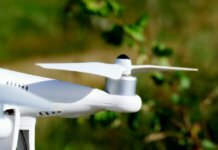
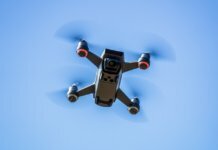
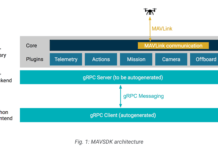

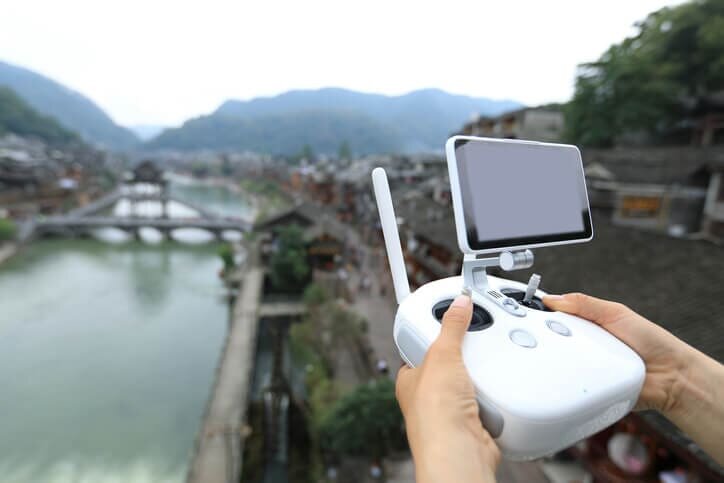

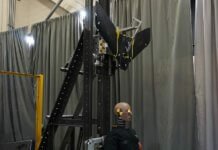

Leave a Comment
Your email address will not be published. Required fields are marked *